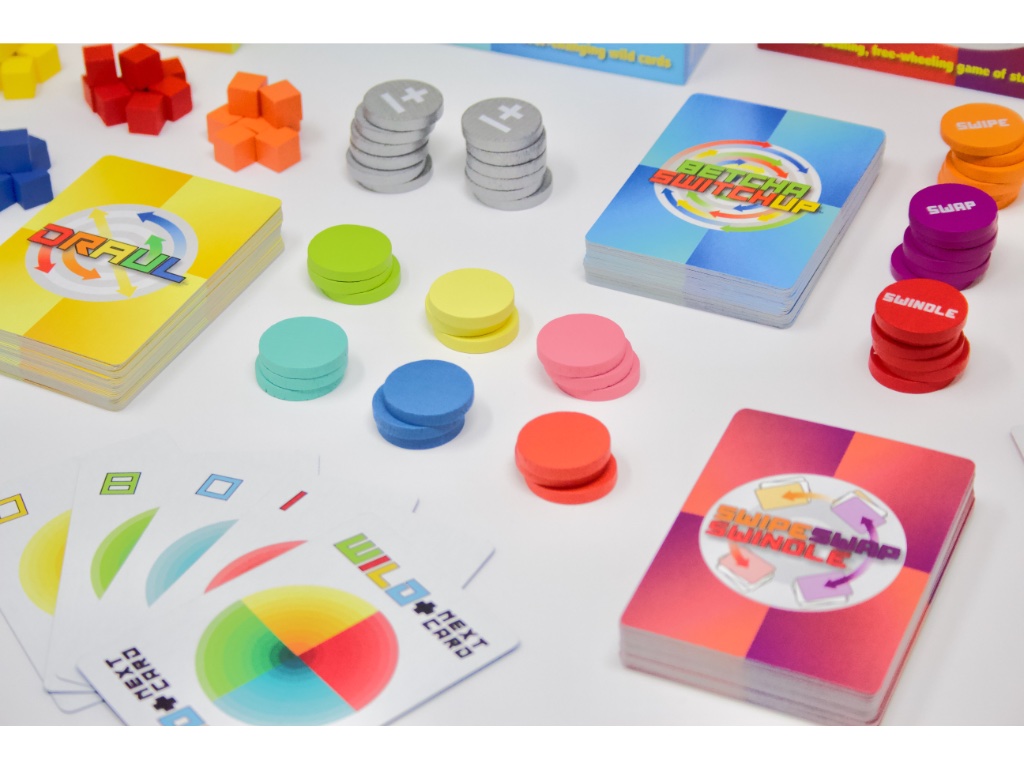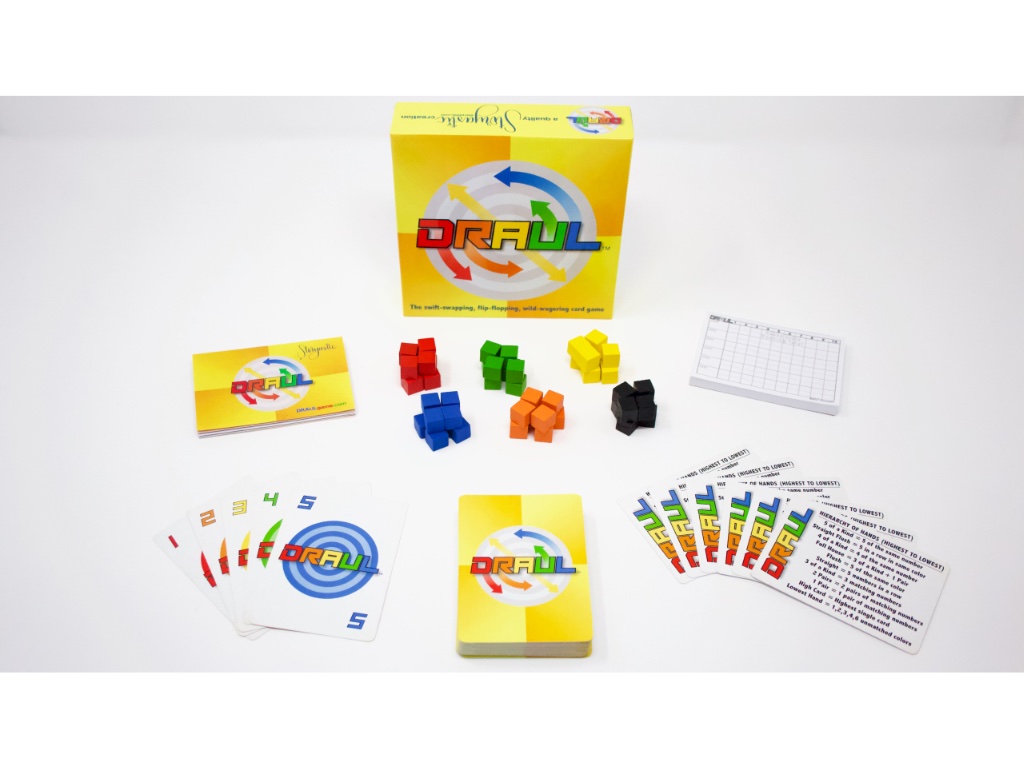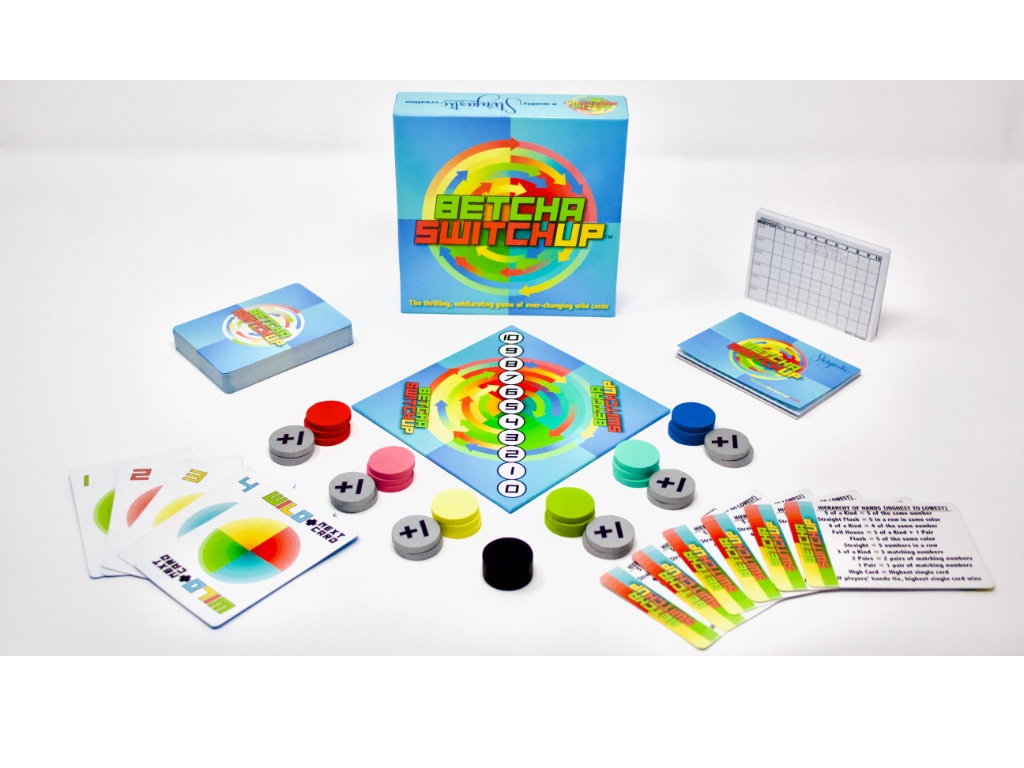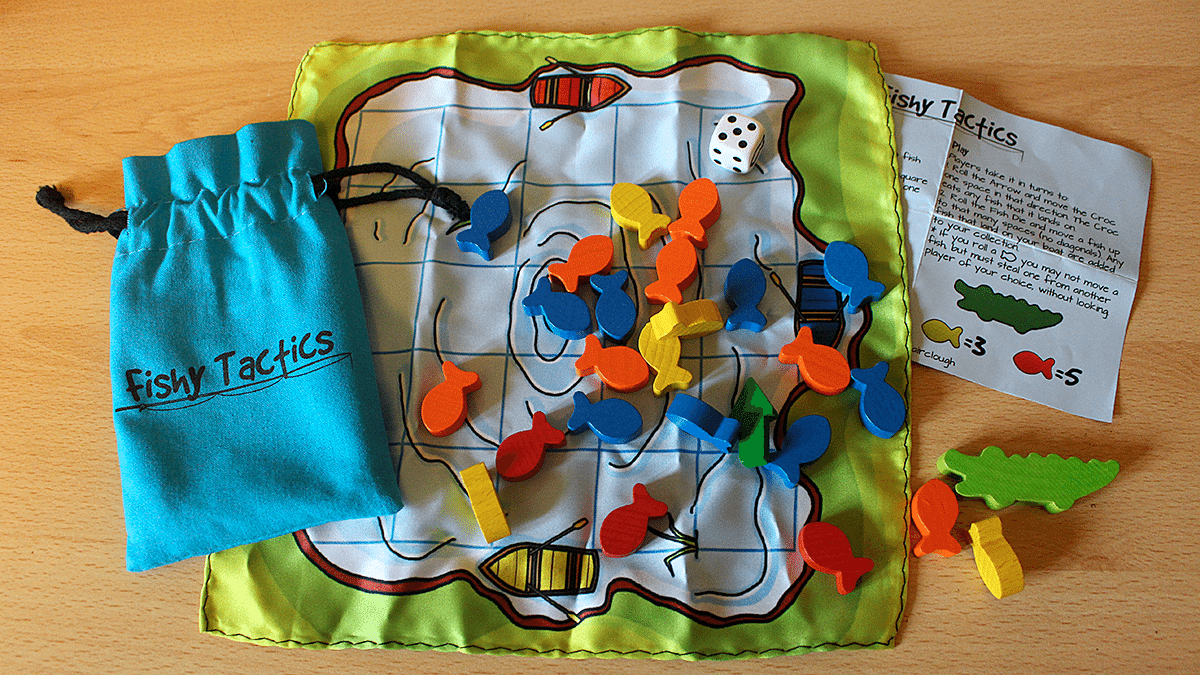So how did you two meet? It was at Disney, right?
DANA: Yes, I was in my senior year of college, doing a six-month internship at Disney, and worked in Chip’s dad’s office. Chip’s dad asked if I would be interested in being a mentor to Chip’s younger sister’s high school youth group.
CHIP: Right, my parents wanted me to do that too but I wasn’t interested at the time. But then when I met Dana, I magically suddenly was interested. It’s just another bit of “the magic of Walt Disney.”
So what’s it like working at Disney?
CHIP: I first started in the parks at Walt Disney World. In college, I was the “speiler” on the back of those long trams, telling you corny jokes while zipping you from the parking lots to the Magic Kingdom. After college, I was with a start-up with a store in the Disney Studios theme parks which created an immersive 3-camera studio where guests could lip-sync to professional backing tracks of popular songs. We had this innovative tech with real-world locations shot from three angles, pressed on Laserdisc, linked to computers that synched camera cuts on the discs with the in-studio cameras, so park guests could record their own professional music videos and go home with a sweet VHS tape. Now they just do that on their own with their iPhone and TikTok.
DANA: And that’s when we met, but Chip was also a producer for Disney’s Beauty and the Beast on Broadway and national tours, and also was a marketing exec for Disney on Broadway’s The Lion King. And he was also senior vice president and publisher at HarperCollins, Zondervan, and Thomas Nelson.
CHIP: Okay, my turn. Dana was a Walt Disney Imagineer! She was lead designer for two of Disney’s wholly original concept parks, TokyoDisneySeas and Disney’s California Adventure. You should talk about the importance of story and experiences and guest service.
DANA: Well, Chip said “guest service” because, at Disney, there are no “customers”—they’re guests. And they’re in charge. Everything revolves around what the guest experience should be, and everything has to serve the story that’s being told. For example, when I designed the interiors of restaurants and retail shops in the parks, my team and I were very intentional about every step the guest took and experienced. We storyboarded their walk into and around a particular space, planning out every detail and creating vignettes to make sure the designed architecture told the story and was completely immersive. Everything from materials, to site lines, to custom details that would delight and surprise the guest were taken into account.
CHIP: Talk about integrating cultural details into the experience.
DANA: Sure. In Japan, gift-giving is very important and an art. Tokyo DisneySeas theme park has an Italian-themed land called Mediterranean Harbor, where we created a gift and sweet shop themed around Disney characters and romance. Entering through a rustic archway, the guest is greeted with a large statue of Prince Phillip twirling Sleeping Beauty. It’s a central focus. Murals grace the walls, depicting Mickey and Minnie and other Disney characters painted in the Italian Renaissance style. Decorative chandeliers from the small island of Murano, Italy twinkle and sparkle throughout the space. Columns “wrapped” in swaths of pink fabric bring the guests’ eyes upwards to a tromple l’oeil ceiling of clouds, birds, flowering vines, cherubs peeking out from behind the clouds, and Donald Ducks’ mischievous nephews Huey, Dewey, and Louie. Meanwhile, Italian terracotta tile embedded with detailed mosaic designs lead the guest along the storyline as they move through the space. It’s all set to the familiar, romantic classical music from Disney movies.
CHIP: It’s that multi-sensory attention to detail that delights guests and brings the story to life. We’re doing that with Storyastic’s games now. It’s really fun watching our “guests” do unboxing of our new games—their faces light up when they see all the bright colored game components all organized in their places inside the box, and it’s cool how each one of the games spreads out that color all around the table and brings wondrous interaction between the players.

DANA: And they’re kind of surprised so many components fit so neatly into the boxes. We worked hard to make that happen because our consumer insights research showed how people dislike the big boxes full of mostly air, and cheap plastic components. Chip, say something about your time with Disney.
CHIP: Working at Disney was amazing. I worked there three times, at the studio twice, and originally the parks. One detail I’m thinking of is in The Lion King on Broadway… When Scar depletes the Prideland’s resources, it’s depicted in the most simple, impactful way. With all the innovation in technology and flight above the stage, and super-creative puppets and all the color leading up to that point, the depletion of the Pridelands is communicated by a large blue circular satin sheet, probably 50 feet wide, slowly pulled through a hole in the stage, so the “water” gets smaller and smaller until it’s gone.
DANA: That’s powerful but done so elegantly and effectively through a simple trick.
CHIP: One observation that comes to mind from Disney is that when I worked in the parks if there was ever a lame day when things just didn’t seem to go right, you could always just walk around the corner to go “on stage”—which is how we refer to the guest-facing areas of the park, the part where all that story and experience lives—and you could look at some kid running up and seeing her favorite princess in real life. You could see the impact of whatever work you were doing, be reminded of who it’s all for. But at the studio, I was in Burbank, and Dana was in Glendale. We were two-plus hours from the Anaheim park unless you drove at 3 A.M., then it would only be 40 mins.
DANA: That’s so true. The traffic part, but also the ability to see the impact in real-time. In real life.
CHIP: That’s the point, really. Media and tech are great, right? Media enables us to experience something that we’re not actually experiencing, it is, by definition, separate from us. And tech is great because it connects us when we’re geographically apart, but when we’re together, it actually separates us, every… single… time. It’s the buzz going off in your pocket, beckoning you to respond to something or someone else, instead of being present with the person that’s right in front of you. The person you’re already with!
And that’s why you made The Rank Game? That’s why you figured out how to make conversation into a game?
DANA: Exactly. We wanted to make something that was experiential and something people inherently wanted for themselves.
CHIP: Like, in their DNA, in their flesh, they would want to play this, not do it because it’s good for you.
DANA: Right. We wanted to make something that felt like an amusement park ride, but that was actually not “amusement,” in the sense that it was superfluous and just some short-term sugar rush. We wanted to help people sort of relearn the art of interpersonal communication, relearn being engaged in active, participatory, face-to-face conversation where your endorphins give you a natural high because you’re doing what you’re meant to do, what you’re designed to do—be in community.
CHIP: We call it “the gamification of conversation.” Patent-pending. Just kidding, but it’s working. The Rank Game got Favorite Pick at Toy Fair NY, the largest toy and game convention in the Western Hemisphere.
Tell me about The Rank Game. How do you play it?
DANA: The Rank Game doesn’t require electricity or learning long, convoluted rules. It’s easy. You learn it in 15 seconds. The Ranker ranks four items on a topic card and the other players are guessers, who have to guess what order the Ranker puts the four items in. For example, for the topic card of “Seasons,” we know there are four. Chip’s the Ranker and we have to guess his preferred order of the four seasons. It’s that easy.
CHIP: The gamification of conversation kicks in and everyone’s personalities come out and you get instant community. You just add people.
And how did your experience at Disney factor in?
DANA: During development, we really leaned on our training and practical knowledge of storytelling and creating experiences for guests. Everything about The Rank Game and all our games is designed to give the players fun, memorable, rewarding experiences with one another.
CHIP: We’re not interested in just selling “products” to “customers.” Everything we do through Storyastic will always be about providing our guests unsurpassed experiences.
DANA: We’re focused on creating and providing excellent quality in our design, materials, and production. And all of that leverages our experience and relationships from Disney and other career experiences, and of course, our parenting of our three kids.
And you have three new games coming out right now, right? What do people get out of playing games created by Storyastic?
CHIP: Our goal is to help people tech less and talk more, and we’re seeing that happen.
DANA: Everyone who plays The Rank Game—and all the games we’ve playtested, really—they always quickly find themselves engaging with one another with full eye contact and lots of belly laughs. Everyone who’s tried it loves it and more than half of the people who play it want to get more and more topic cards and expansion packs.
CHIP: We have countless people and retailers asking us for more games, and fortunately, we’ve already been playtesting many games over the past six years.
And those are your new games, right? The ones you have on Kickstarter right now?
CHIP: Yes, we have three new games on Kickstarter and we’re shipping the games out in August. One game is called DRAUL, and you’ll have to check out our Kickstarter to see why it’s called that… the second game is called Betcha Switchup, which has a lot of quick lead changes and ever-changing wild cards.
DANA: And the third game is called Swipe Swap Swindle, which is a game that has wild cards that let you use either a “swipe,” “swap,” or “swindle” wooden “wager wafer” to swipe a card from another player, swap a card with another player, or swindle an extra card from the dealer. It’s really fun and promotes a lot of interactivity between the players.
And how’s the Kickstarter doing?
DANA: Our crowdfunding campaign is doing amazing. We’re just three days in but our public goal was fully funded in 37 hours, but of course, we invested a lot more into all these games and the development and inventory and trademarking costs, and all that. We’ve reprinted The Rank Game twice, and it’s gone into retailers well but, of course, many of them have been challenged with the pandemic keeping their customers out.
CHIP: And we have these three new games, and we have eight other products in mass production right now, that we’ll be debuting still this year. It’s been fun to hear from old friends supporting the launch of the games and meeting so many new people who have pre-ordered our new games, but even though we reached that funding goal quickly, we have a lot more ground to cover. Fortunately, everybody that’s tried any of our games likes them and wants more games from us, which is why we’re running the Kickstarter crowdfunding campaign.
How do people get to your Kickstarter?
CHIP: We tried to make it easy. You just type in StoryasticGames.com and you’ll go right to it.
DANA: We wanted to try to give people a chance to get the games for really inexpensive, even though the quality is super-nice, so you basically pay whatever the date is. So we started on July 10th and the games were $10 each. Then $11 on the 11th, $12 on the $12th, etc.
CHIP: So to get the best deal, you should head over to StoryasticGames.com right away.
Any last thoughts?
CHIP: There’s a trend in society where people are being counter-cultural by intentionally seeking out things that are NOT digital, that are NOT media, that are NOT tech. The constant lure of alerts and email and social media and screen time is gnawing away at the real-world relationships and experiences we’re supposed to be having. The more we’re sucked into watching fictional stories on TV and streaming services, the more we are actually missing the opportunity to live our own stories and share them with others. Hands-on games are a growing category, just like vinyl albums are, you know, records. The growth in board games and card games and party games is society’s longing to have real-world experiences, together.
DANA: The thing that sets The Rank Game apart from all the other hands-on games is that the content of the game is about the people who are playing the game. It’s about you and your stories. But how The Rank Game helps people relearn how to do community is that you can’t win the game without looking at things from the perspective of the other players. That’s what builds community. It helps us be known and have a sense of belonging.
CHIP: True. But our games are also really fun.
You can get The Rank Game, DRAUL, Betcha Switchup, and Swipe Swap Swindle on Kickstarter right now, with massive discounts. Get there by going to StoryasticGames.com.








